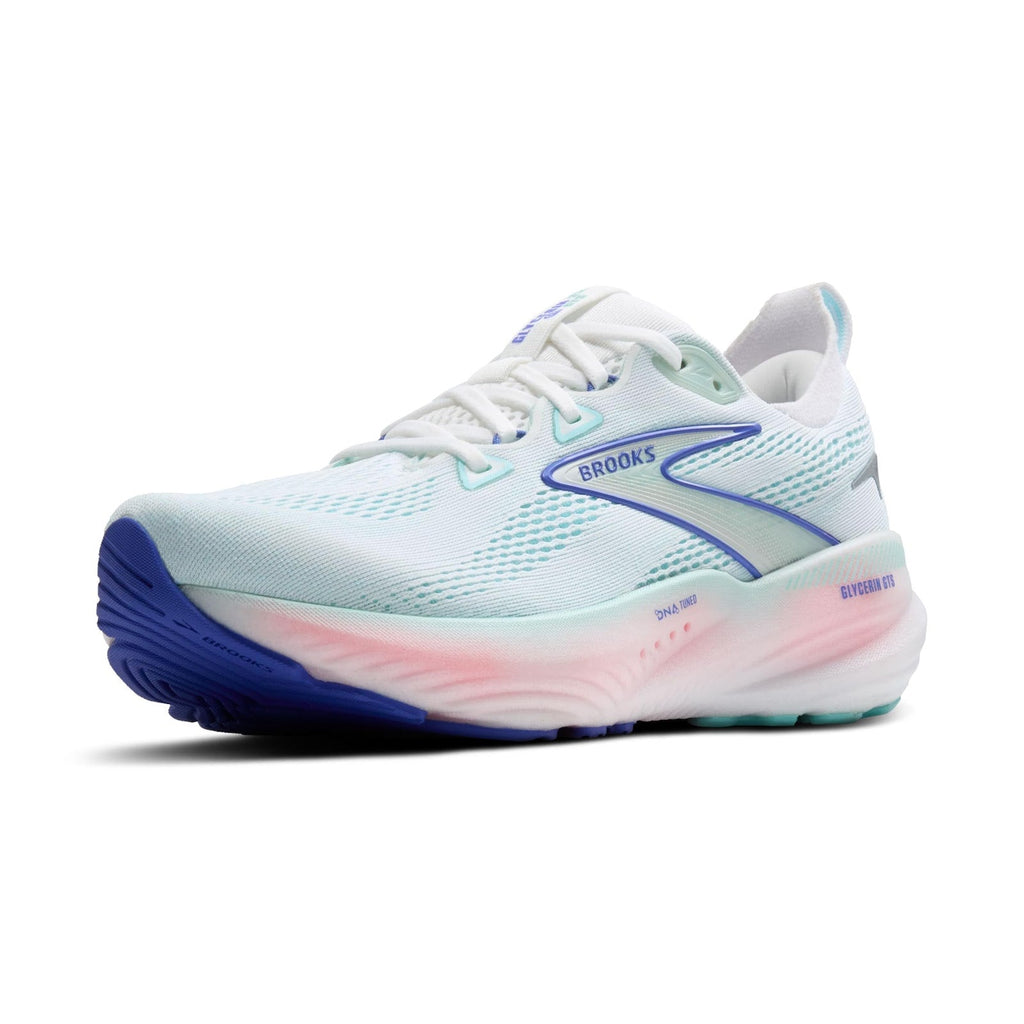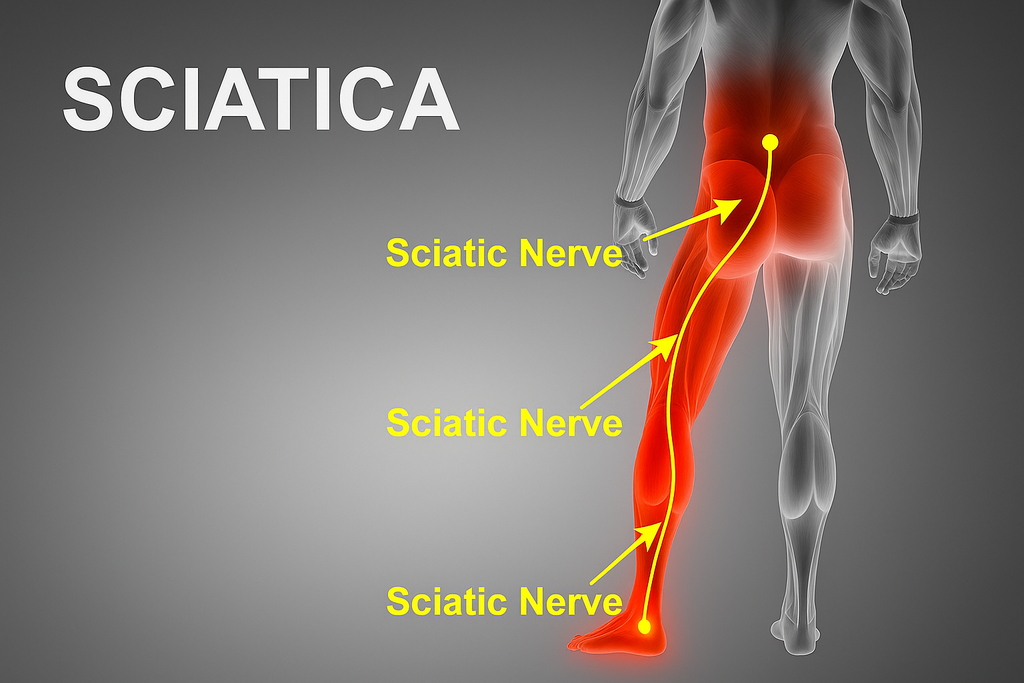Do I Remove Original Insoles When Using Orthotics?
Yes, it is advised to remove the original insoles before using custom orthotics, store-bought orthotics, or custom insoles in the shoes for various reasons.
Let’s first understand why it is advised to remove the original insoles:
-
Orthotics are thicker than factory-fitted insoles and provide better cushioning. Layering both together can make the shoes tight and cause discomfort.
-
Additionally, layering orthotics over factory-fitted insoles can harm the comfort of an orthotic because of misalignment.
According to a study published by Podiatry Today in 2024, which focuses on the therapeutic benefits of orthotics, proper alignment of orthotics is important for best results, and improper placement can reduce their effectiveness.
However, this is not always the case as the style and design of the shoes are also an important factor to consider. For instance, in footwear like trekking boots or specialty footwear, you can use both original insoles and orthotics together. Also, some shoes come with thin original insoles, offering enough space to comfortably layer orthotics over them.
Orthotics are proven to be useful in improving your body’s posture and helping with various foot conditions. Orthotics, unlike factory-fitted insoles, are customized to offer a solution to various podiatry problems that many people face. However, what is the right way to wear orthotics? Can they be used with original insoles or do you need to remove original insoles when using orthotics?
Understanding Orthotics
Before understanding the right way to wear an orthotic, we first must understand what orthotics are and how they can be helpful to you.
Orthotics are custom or semi-custom shoe inserts that help to solve biomechanical issues and provide arch support to relieve pain. According to a study published in 2023 in The Journal of Foot and Ankle Research, custom orthotics can improve foot function to a great extent and reduce pain for individuals dealing with chronic foot conditions.
Orthotics are medical-grade devices tailored to the individual foot and can be made using various techniques. For example, plaster casting is one of the popular methods to make orthotics. Alternatively, the latest technology makes use of 3D scanning and digital impressions to design customized orthotics that address specific foot problems of the individual.
This customization helps improve the foot’s alignment and enhances the foot’s overall gait. They can also help reduce the risk of injuries by providing firm support during movement, according to research published in the American Orthopaedic Foot & Ankle Society.
The Role of Original Insoles
Now that we understand what orthotics are and how they work, let’s look into the role of original insoles.
Every shoe comes with factory-fitted insoles that provide comfort to the individual. These insoles offer basic cushioning and foot support to the individual and can either be removable or fixed, varying from brand to brand and shoe to shoe. However, the basic purpose of these insoles is to just improve shoe wearability and do not address specific concerns, and are completely different from orthotics.
While the original insoles improve comfort and support a great deal, according to research by the British Journal of Sports Medicine, they are inefficient in providing adequate support for individuals with foot problems and misalignments. They lack the structural reliability and customized solutions to individual foot problems that orthotics provide.
How to Properly Fit Orthotics?
Now that we have a better understanding of the workings of orthotics, let’s also look at the proper way to fit orthotics in a new pair of shoes.
-
Remove Original Insoles: The first step is to remove the factory-fitted insoles if they are removable and tight-fitted.
-
Position Orthotics: The next step is to position orthotics flat with the base of the shoes and ensure proper alignment with the contours of the shoe.
-
Test for Comfort: After positioning orthotics, the next step is to put on the shoes and try the orthotics by walking around a few steps.
-
Trim if Necessary: If the orthotics feel uncomfortable or misaligned, check and trim the edges to ensure a perfect fit.
To ensure maximum support with foot problems and pain, ensure your feet sit comfortably in the shoe with orthotics.
Takeaway
Factory-fitted insoles are incapable of addressing foot problems as they are designed with one-size-fits-all solution. They do not provide an individual level of support and comfort as provided by orthotics. Orthotics are a boon for individuals dealing with foot problems as they offer adequate foot support. To gain maximum benefits, proper orthotics placement is crucial.
If you are unsure about the use, you can consult a professional or use reliable platforms such as Stride Soles. Stride Soles offer a range of orthotics, custom-designed using latest technologies, and offer expert services from the comfort of your home. Take your first step toward better foot support today!
FAQs
-
Can I layer orthotics over the original insoles?
Yes, layering orthotics over original insoles is possible in some cases based on the design of the shoes. However, to ensure maximum benefit from the orthotics, it is advised to remove original insoles before using orthotics.
-
What if my shoes feel too tight with orthotics?
Orthotics are customized to perfectly fit the shoes and support the feet. However, if you are feeling discomfort with orthotics, consider switching to a shoe pair with deeper toe box or removable insoles. Also, make sure you are using the correct size of shoes for the best comfort.
-
Do I need different orthotics for various shoes?
Yes, depending on your lifestyle, you might need different pairs of orthotics for different shoes. For instance, sports shoes will require a different type of orthotics than regular wear shoes. Consult a podiatrist for personalized advice.




